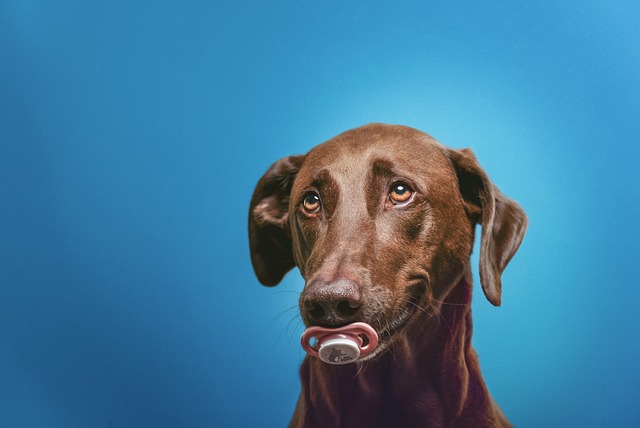
Does dog plaque powder really work
Does dog plaque powder really work? This is a question many new dog owners in Europe and the US, especially in the US, often ask.
Trying to give your dog medication can feel like a never - ending game of tug - of - war. Whether it’s a pill for an upset stomach or liquid medicine for allergies, getting that dose down can be a struggle. But don’t worry—with the right techniques and a little patience, you can make the process smoother for both you and your furry friend.
First, consider your dog’s personality. For finicky eaters, hiding pills in treats like peanut butter (make sure it’s xylitol - free, as xylitol is toxic to dogs) or cheese can work wonders. You can also use special pill pockets designed specifically for this purpose. If your dog is more of a “chowhound,” mixing liquid medication into wet food or a small portion of their favorite canned meal often does the trick. Just be sure to use the full serving size so they consume the entire dose.
 If treats and food don’t cut it, the “pill - popping” method might be necessary. Gently lift your dog’s upper lip, place the pill on the back of their tongue, close their mouth, and gently blow on their nose. This usually triggers the swallowing reflex. When administering liquid medication, use a syringe (never a needle!) and slowly squirt the medicine along the inside of their cheek. It’s important to go slowly to avoid choking.
If treats and food don’t cut it, the “pill - popping” method might be necessary. Gently lift your dog’s upper lip, place the pill on the back of their tongue, close their mouth, and gently blow on their nose. This usually triggers the swallowing reflex. When administering liquid medication, use a syringe (never a needle!) and slowly squirt the medicine along the inside of their cheek. It’s important to go slowly to avoid choking.
Always remember, safety first. In many places, it’s illegal to give your dog human medication without veterinary advice. Even common pain relievers can be extremely dangerous for dogs. Before trying any home remedies or over - the - counter options, consult your vet. They can provide the right medication, dosage, and administration instructions tailored to your dog’s specific needs.
If your dog consistently refuses medication despite your best efforts, it could be a sign that the medication is causing discomfort. Don’t hesitate to reach out to your veterinarian again. They may be able to offer alternative medications or suggest different administration methods.
Building trust during this process is key. Offer lots of praise, belly rubs, and extra playtime after successful medication administration. Over time, your dog will start to associate taking medicine with positive experiences.
So, next time you’re facing the medication battle, stay calm, be persistent, and know that you’re not alone. With these tips, you’ll be well on your way to keeping your four - legged companion healthy and happy.

Does dog plaque powder really work? This is a question many new dog owners in Europe and the US, especially in the US, often ask.

from a whiff that smells like a dumpster behind a seafood shack, you know the struggle. Stinky dog breath isn’t just a nuisance—it’s a sign their mouth needs a little help.

That moment your excited pup greets you with a yawn that smells like old garbage and wet socks – it’s enough to make anyone recoil.

How do I relieve my dog's fever? It’s a question that makes any new pet parent’s heart race. You notice your pup is listless, avoiding their food bowl, and their ears feel warmer than usual—little signs that something’s off.

How long does a dog take to get rid of parvo? For new pet parents, few diagnoses spark more panic than this—imagining your playful pup suddenly lethargic, refusing meals, or struggling with diarrhea.

What to feed a dog with dental pain? Picture this: You set down your pup’s usual kibble, and instead of diving in, they sniff it, back away, and whimper softly.